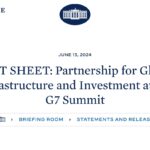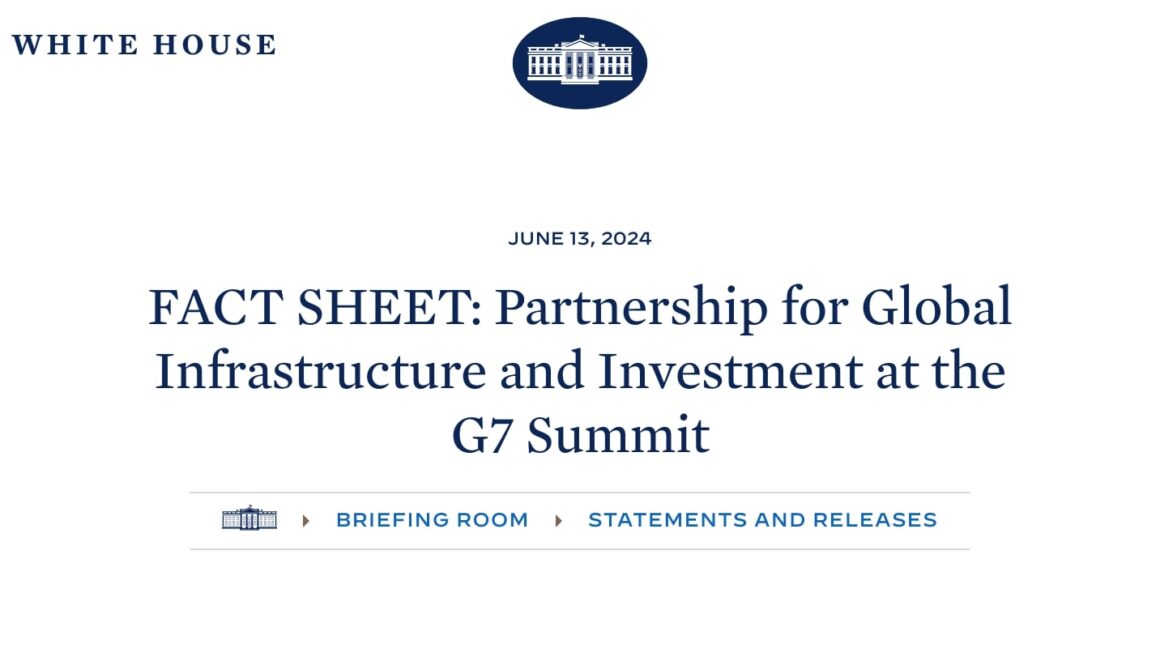Introduction
- Brief overview of de-dollarisation
- India and Bangladesh’s decision to ditch the dollar in trade
- Importance of this decision in the global economic landscape
The Rise of De-dollarisation
- Explanation of de-dollarisation
- Historical context of the US dollar as the global reserve currency
- The shift towards de-dollarisation by countries such as Russia and China
- Reasons for the rise of de-dollarisation
- Impact of de-dollarisation on the global economic order
India’s Decision to De-dollarise
- India’s current trade practices with the US
- Reasons for India’s decision to de-dollarise
- Impact of India’s decision on the US-India trade relationship
- Benefits and risks of de-dollarisation for India
Bangladesh’s Decision to De-dollarise
- Bangladesh’s current trade practices with the US
- Reasons for Bangladesh’s decision to de-dollarise
- Impact of Bangladesh’s decision on the US-Bangladesh trade relationship
- Benefits and risks of de-dollarisation for Bangladesh
Impact on the Global Economic Landscape
- Potential impact of India and Bangladesh’s decision on other countries
- The role of the US in the global economic order
- The future of de-dollarisation
Conclusion
- Recap of India and Bangladesh’s decision to de-dollarise
- The impact of de-dollarisation on the global economic landscape
- The future of the US dollar as the global reserve currency
FAQs
- What is de-dollarisation?
- Why are countries choosing to de-dollarise?
- How will India and Bangladesh’s decision impact the US?
- Will other countries follow India and Bangladesh’s lead?
- What is the future of the US dollar as the global reserve currency?
India and Bangladesh have decided to ditch the US dollar in their trade dealings, marking another significant move towards de-dollarisation. The global economic landscape is changing as more and more countries are choosing to move away from the US dollar as the global reserve currency.
De-dollarisation is a process where countries reduce their dependence on the US dollar and seek alternative means of conducting international trade. This shift has been gaining momentum in recent years, with countries such as Russia and China leading the way.
India’s decision to de-dollarise comes as no surprise, given the country’s strained trade relationship with the US. The move is expected to have a significant impact on the US-India trade relationship, and while there are risks involved, there are also potential benefits for India.
Similarly, Bangladesh’s decision to de-dollarise is motivated by its desire to reduce dependence on the US dollar and explore other trade options. This decision is likely to impact the US-Bangladesh trade relationship, with potential benefits and risks for Bangladesh.
The impact of India and Bangladesh’s decision on the global economic landscape cannot be ignored. As more countries choose to de-dollarise, the role of the US dollar as the global reserve currency is being called into question. The future of de-dollarisation and the US dollar as the global reserve currency is uncertain, but one thing is clear – the global economic order is changing.
In conclusion, India and Bangladesh’s decision to ditch the US dollar in trade is a significant development in the ongoing process of de-dollarisation. The impact of this decision on the global economic landscape is yet to be fully understood, but it is clear that the shift away from the US dollar is gaining momentum. As the world continues to evolve, it is essential to keep a close eye on the changing dynamics of the global economy.
FAQs
-
What is de-dollarisation? De-dollarisation refers to the process where countries reduce their dependence on the US dollar and seek alternative means of conducting international trade.
-
Why are countries choosing to de-dollarise? Countries are choosing to de-dollarise for a variety of reasons, including reducing dependence on the US dollar, exploring alternative trade options, and increasing economic and political independence.
-
How will India and Bangladesh’s decision impact the US? India and Bangladesh’s decision to de-dollarise is likely to have a significant impact on the US-India and US-Bangladesh trade relationships. It may lead to a decrease in the use of the US dollar in trade between these countries, potentially reducing the US’s influence in the region.
-
Will other countries follow India and Bangladesh’s lead? It is possible that other countries may follow India and Bangladesh’s lead in de-dollarising their trade. As more countries explore alternative means of conducting international trade, the global economic order is likely to continue evolving.
-
What is the future of the US dollar as the global reserve currency? The future of the US dollar as the global reserve currency is uncertain. While it has been the dominant currency for decades, the rise of de-dollarisation and the increasing use of alternative currencies may lead to a shift away from the US dollar in the future.














